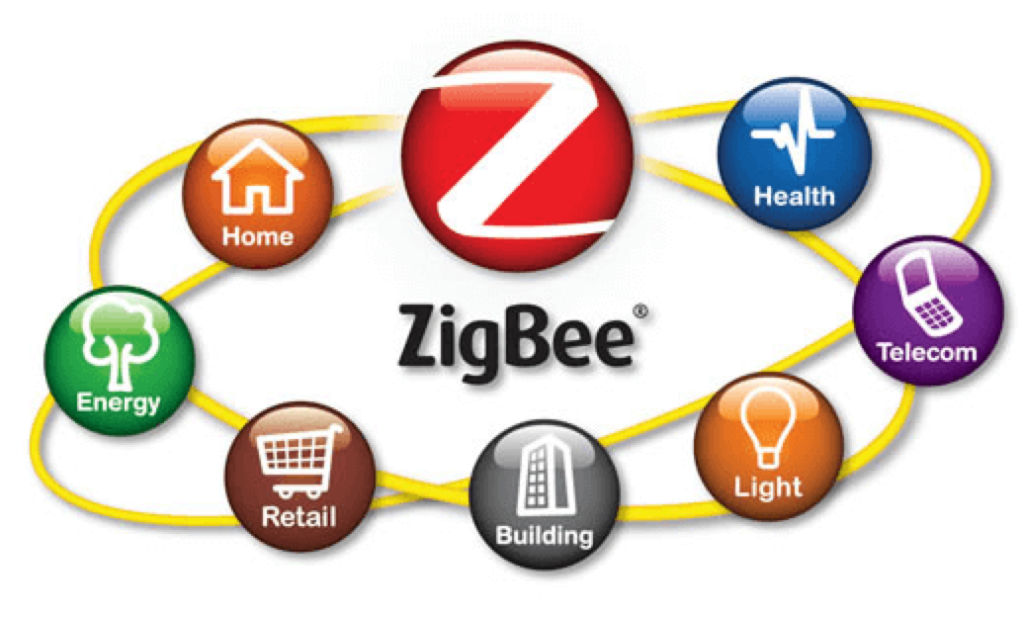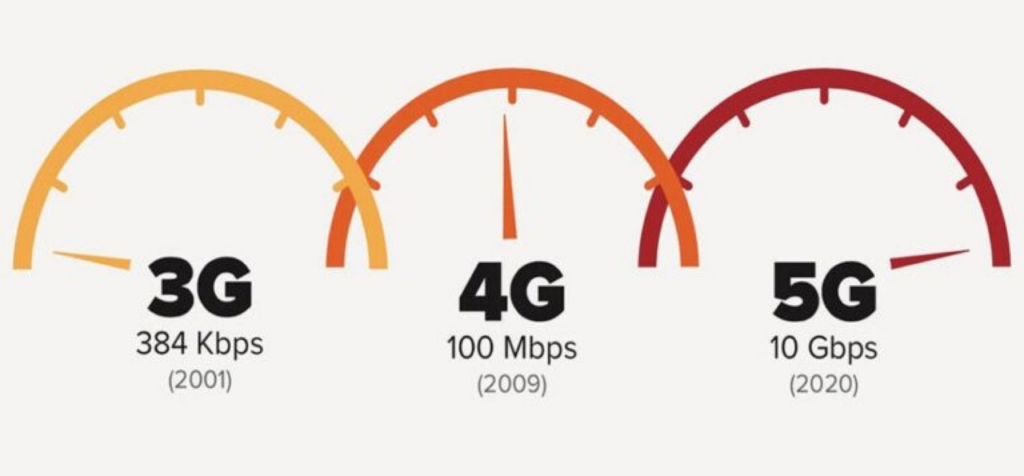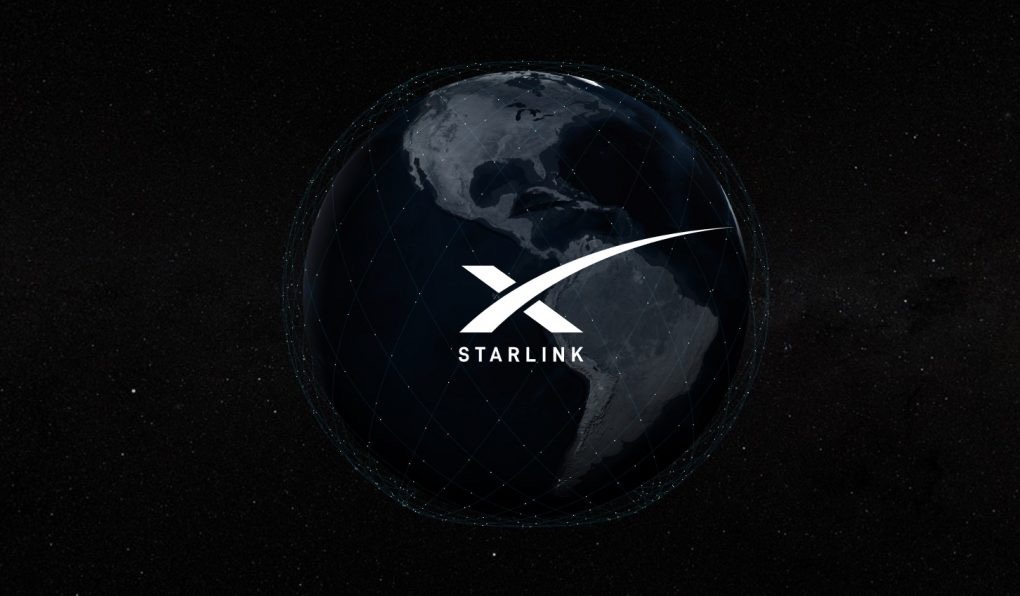What are the differences in wireless communication network technologes?
What are the differences in wireless communication network technology?
Bluetooth
Suitable for short-distance: transmission distance 2–30m, rate 1Mbps, power consumption between ZigBee and WIFI.
The appearance of Bluetooth technology makes short-distance wireless communication possible, but its characteristics of complex protocol, high power consumption and high cost are not suitable for low cost and low power industrial control and home network. The biggest obstacle of Bluetooth lies in the limited transmission range, which is generally about 10 meters. The weak anti-interference ability and information security problems are also the main factors restricting its further development and large-scale application.

Zigbee
Medium range: transmission distance of 50–300m, speed of 250kbps, power consumption of 5mA, the biggest feature is ad-hoc networking, the maximum number of network nodes up to 65000.
1. low data transmission rate
2. low power consumption
3. low cost
4. large network capacity
5. short delay
ZigBee technology has incomparable application advantages in low power consumption, low cost and networking capability.
ZigBee is an internationally accepted wireless communication technology. Each network port of ZigBee can access more than 65,000 ports, which is suitable for home, industry, agriculture and other fields. However, Bluetooth and Wi-Fi networks can only access 10 ports, which cannot meet the needs of families.

Wi-Fi
Suitable for medium distance, the transmission distance of 100–300m, speeds up to 300Mbps, power consumption of 10–50mA. Wi-fi is also a short-distance wireless transmission technology, which can access wireless signals at any time and has strong mobility. It is more suitable for application in the office and home environment.
Disadvantages of Wi-Fi: Because wi-fi uses radiofrequency technology, it sends and receives data through the air and transmits data signals through radio waves, so it is vulnerable to external interference.

Remote wireless: 3G/4G/5G

The cellular network was first called the land mobile communication system, which was put forward in the 1990s. It uses a large number of cellular base stations to achieve wireless network coverage on land. Easy to popularize and widely used in practical scenarios. After THE emergence of 5G, the advantages of short delay of cellular communication can develop many new applications, such as remote surgery.
Long-distance wireless: microwave, satellite
The satellite communication system is actually a kind of microwave communication, and forward it to the satellite as a relay station microwave signals, communications between the multiple ground stations, the main purpose of the satellite communication is to realize the “seamless” of ground cover, due to the satellite working in hundreds, thousands, or even tens of thousands of kilometers of track, so coverage is greater than the general mobile communication system.

However, satellite communication requires ground equipment to have large transmission power, so it is difficult to be widely used, and satellite communication transmission delay is long, and the cost is high.
Starlink
SpaceX is gradually putting Starlink satellites into Low Earth Orbit. Starlink is a program to provide Internet services from a constellation of low-Earth orbit satellites, The full Starlink program will have a total of 12,000 satellites, with a further 42,000 planned. Compared with the traditional high-orbit synchronous orbit satellite, the construction cost of a low-orbit satellite is lower, there is no communication dead zone after networking, and it has the advantages of low loss, low delay and high bandwidth. Compared with 5G, the LOW orbit satellite communication system has a wider coverage and can be applied to high-speed/long-distance mobile terminals, such as aircraft and ships.
But Starlink is no substitute for 5G. Starlink is not a threat to the traditional communications market, targeting only the 3 to 4 percent of customers that are hard to reach with traditional means.
For example, desert ocean aircraft remote rural areas, currently, many of them rely on traditional satellite transmission, the price is very expensive. The monthly rent for satellite communications, according to the Internet, is around ‘,200 a year. If Starlink can do $80 a month or less, with decent signal quality, it will be a disruption to the traditional satellite communications market.
